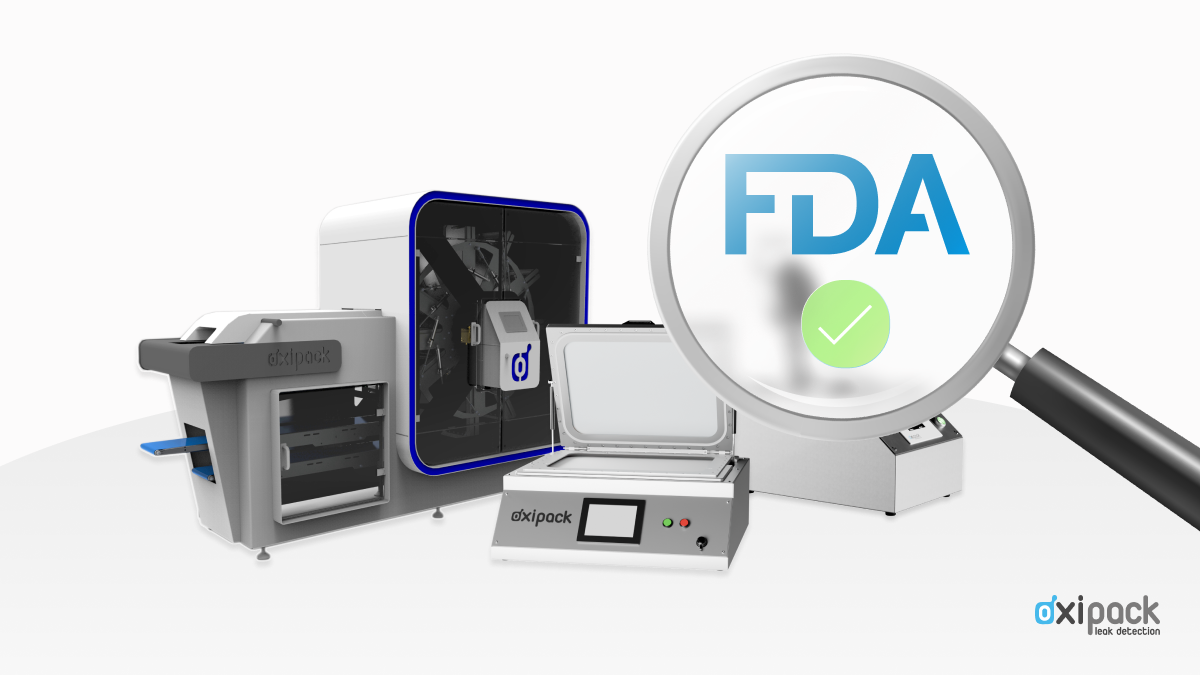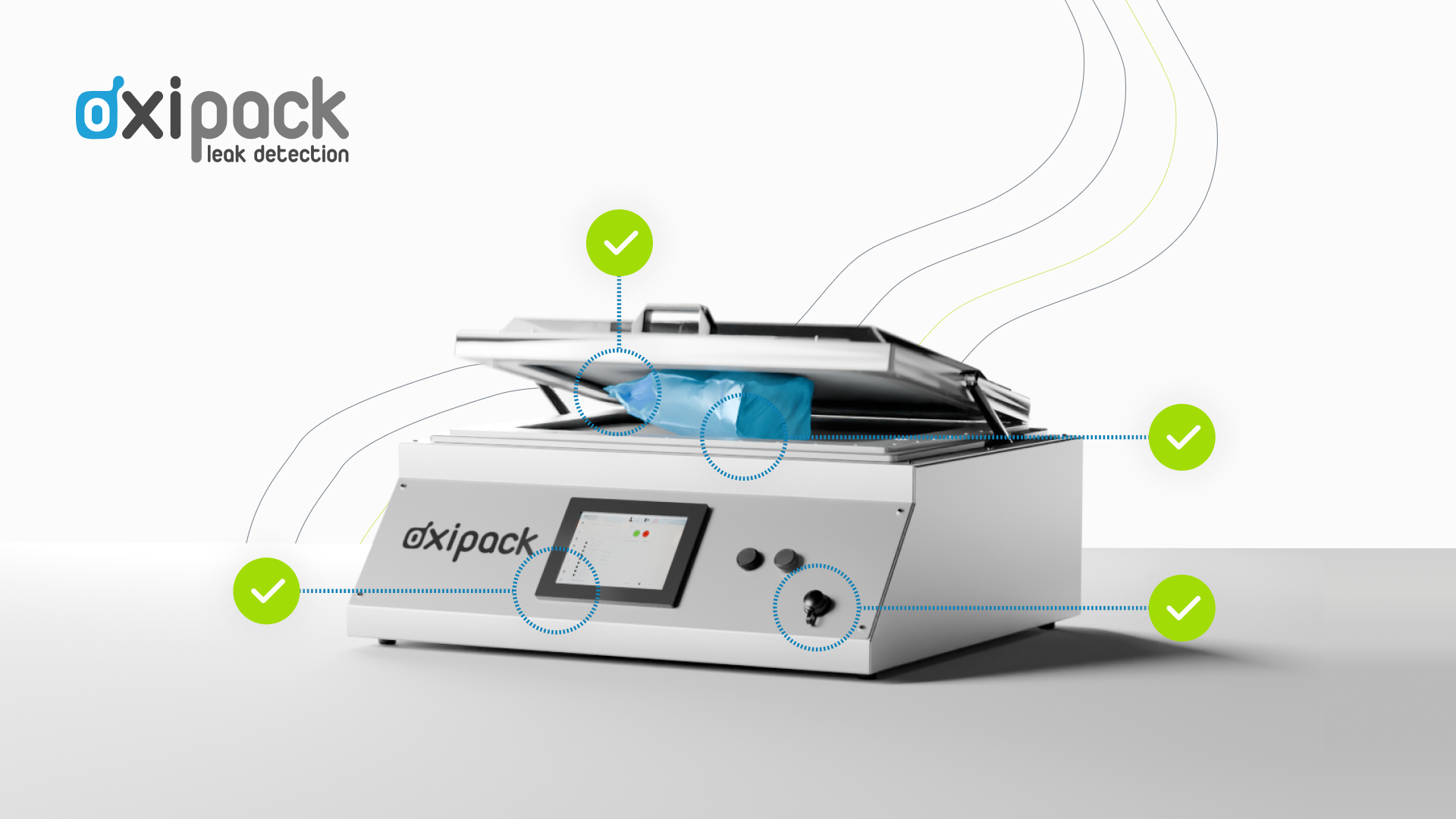Meat and fish are essential parts of a healthy diet, but they are also perishable. Preserving freshness and quality is crucial from farm to table. Leak-proof packaging plays a critical role in this process. Leaks can expose meat and fish to airborne contaminants and moisture loss, leading to spoilage, loss of quality, and a shortened shelf life. Leak detection is an invaluable tool for meat and fish producers, ensuring their products reach consumers in the best possible condition.

Why is Leak Detection Important for Meat and Fish Packaging?
- Preserves Freshness: Leaks allow air and moisture to enter the packaging, accelerating spoilage. Leak detection helps identify packaging flaws early on, minimizing product waste.
- Maintains Quality: Oxygen exposure can alter the color and smell of meat and fish, making them unappealing to consumers. Leak detection safeguards the visual and olfactory qualities of your products.
- Extends Shelf Life: Undetected leaks lead to premature spoilage. Leak detection minimizes waste by enabling early intervention and extending the shelf life of your meat and fish.
Benefits of Leak Detection Solutions
Our non-destructive leak detection methods offer numerous advantages for meat and fish producers:
- Product Safety: Testing ensures your meat and fish remain undamaged, minimizing waste and protecting consumers.
- Cost Savings: Early leak detection prevents product recalls and spoilage, leading to significant cost reductions.
- Accurate Measurements: Our leak detectors deliver precise results, enabling you to make informed decisions about your packaging.
- Sustainable Practices: Leak detection minimizes product waste and production line inefficiencies, contributing to a more eco-friendly operation.
Types of Meat and Fish Packaging and Leak Detection Methods
Meat and fish are packaged in various formats, with specific leak detection methods for each:
- Flexible Packaging: This includes pouches containing minced meat, chicken, or sausages. Sustainable packaging options are also becoming more common in this category.
- Rigid Packaging: Plastic trays with sealed meat, sliced meats or ham, and canned meat (tuna, sausages) fall under this category.
- Vacuum Packaging: Vacuum-sealed red meat, sausages, and fish are some examples of this type of packaging.
Leak Detection Solutions for Different Packaging Needs
We offer a range of leak detection equipment to suit your specific meat and fish packaging requirements:
- Vacuum-Sealed Leak Tester: This tester is specifically designed to identify leaks in vacuum-sealed meat and fish packaging.
- Stationary Leak Tester XS & M: This option utilizes custom-made inserts for accurate leak detection in various rigid meat and fish containers.
- Can Leak Tester: This tester is designed to identify leaks in canned meat products.
- Stationary Leak Tester: This versatile tester detects leaks in flexible meat and fish packaging.
- In-Line Leak Detection Systems: We can design customized in-line solutions to integrate seamlessly into your production line, performing random, full, or 100% leak detection on any type of meat and fish packaging.
Sustainable Meat and Fish Packaging
The sustainable packaging movement is gaining ground in the meat and fish industry. We can assist you in developing leak-proof sustainable packaging solutions. Our expertise and equipment can help you create packaging that effectively protects your meat and fish while minimizing environmental impact.
Leak detection is an essential tool for meat and fish producers, safeguarding product quality, consumer satisfaction, and brand reputation. By implementing the appropriate leak detection solutions, you can ensure your meat and fish products arrive at their destination in peak condition, delivering a consistently fresh, high-quality, and delicious experience for consumers every time.



